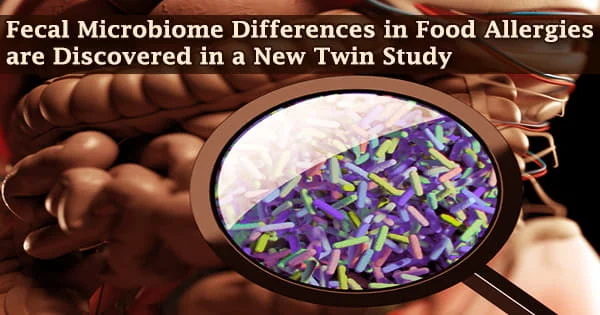The movement and exchange of inorganic and organic matter back into the production of matter is referred to as a nutrient cycle (or ecological recycling). Energy flow is unidirectional and noncyclic, whereas mineral nutrient movement is cyclic. The nutrient cycle is the process by which nutrients are exchanged and recycled through biotic and abiotic components of an ecosystem. Nutrients are elements and compounds that are necessary for the growth, reproduction, and survival of living organisms.
There are several key elements that are cycled through ecosystems, including carbon, nitrogen, phosphorus, and water. These elements are taken up by plants and other organisms, used for various physiological processes, and then returned to the environment through different pathways. The carbon cycle involves the movement of carbon between the atmosphere, oceans, and land. Carbon is taken up by plants through photosynthesis and then passed on to other organisms through the food chain. Carbon is released back into the atmosphere through respiration, decomposition, and combustion.
After death and decomposition, nutrients consumed by plants and animals are returned to the environment, and the cycle continues. Microbes in the soil play an important role in nutrient recycling. They decompose organic matter in order to liberate nutrients. They are also necessary for trapping and transforming nutrients into the soil, where they can be absorbed by plant roots. The rate of nutrient cycling is affected by a variety of biotic, physical, and chemical factors. Carbon cycle, nitrogen cycle, water cycle, oxygen cycle, and so on are examples of nutrient cycles.
The nitrogen cycle involves the transformation of nitrogen between different forms, including atmospheric nitrogen, nitrate, and ammonia. Nitrogen is fixed by certain types of bacteria into a form that can be used by plants, and then passed on to other organisms. Nitrogen is returned to the environment through processes such as denitrification and decomposition.
The phosphorus cycle involves the movement of phosphorus between the land, water, and living organisms. Phosphorus is typically found in rocks and minerals and is released through weathering and erosion. Phosphorus is taken up by plants and other organisms and then returned to the environment through processes such as decomposition and excretion.
The water cycle involves the movement of water between the atmosphere, land, and oceans. Water is taken up by plants and other organisms, and is also used for various physical and chemical processes. Water is returned to the environment through processes such as transpiration, evaporation, and precipitation.
The nutrient cycle is essential for the health and survival of ecosystems, as it ensures that organisms have access to the nutrients they need to grow and function properly. Human activities can disrupt the nutrient cycle, leading to imbalances and environmental problems such as eutrophication and climate change. Mineral cycles such as the carbon cycle, sulfur cycle, nitrogen cycle, water cycle, phosphorus cycle, and oxygen cycle, among others, recycle mineral nutrients into productive ecological nutrition on a continuous basis.
















